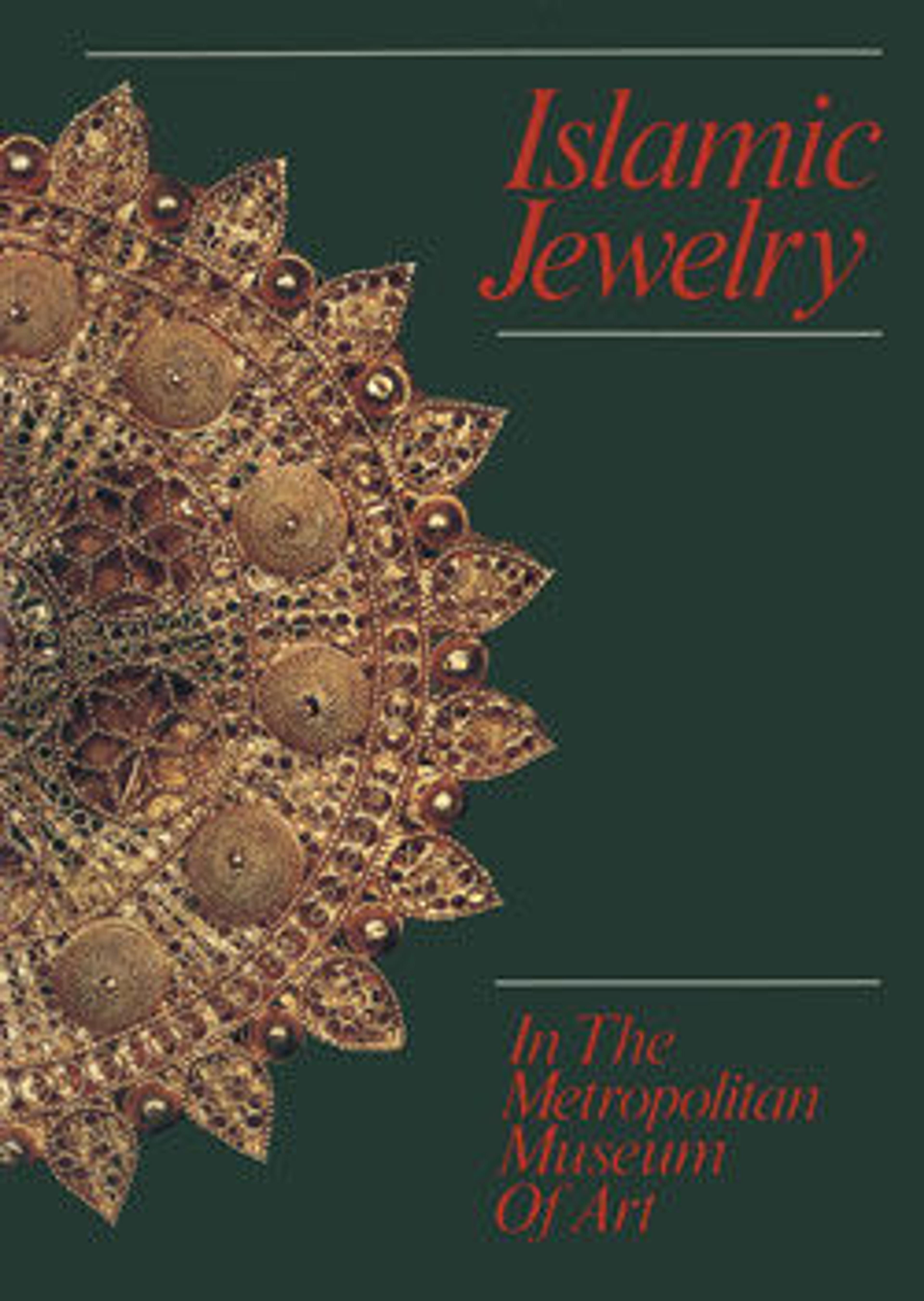Seal Stone
Early Islamic seal stones were made from a variety of stones that came in many shapes and forms. The undeciphered inscription on this pink carnelian stone is a single word and is probably a name.
Personal seals served as an individual’s official signature in the Near East long before the advent of Islam. Among the many stones employed as seals, carnelian was by far the most popular, owing at least in part to its availability, toughness, and resistance to abrasion. It was also noted to be the favorite stone of the Prophet Muhammad.
Personal seals served as an individual’s official signature in the Near East long before the advent of Islam. Among the many stones employed as seals, carnelian was by far the most popular, owing at least in part to its availability, toughness, and resistance to abrasion. It was also noted to be the favorite stone of the Prophet Muhammad.
Artwork Details
- Title: Seal Stone
- Date: 10th–11th century
- Geography: Excavated in Iran, Nishapur
- Medium: Carnelian; incised
- Dimensions: H. 9/16 in. (1.5 cm)
W. 1/2 in. (1.3 cm)
D. 3/16 in. (0.5 cm) - Classification: Seals
- Credit Line: Rogers Fund, 1938
- Object Number: 38.40.100
- Curatorial Department: Islamic Art
More Artwork
Research Resources
The Met provides unparalleled resources for research and welcomes an international community of students and scholars. The Met's Open Access API is where creators and researchers can connect to the The Met collection. Open Access data and public domain images are available for unrestricted commercial and noncommercial use without permission or fee.
To request images under copyright and other restrictions, please use this Image Request form.
Feedback
We continue to research and examine historical and cultural context for objects in The Met collection. If you have comments or questions about this object record, please contact us using the form below. The Museum looks forward to receiving your comments.
